Many people are surprised that OTA TV (Over The Air Television) is still a thing. I am here to say that there are lots of TV stations still broadcasting. OTA is alive and well, especially around big cities. To wit; I noticed this older TV antenna on the roof of a transmitter building in Lodi, NJ. Being curious, I connected an ATSC 1.0 TV to the antenna lead in the kitchen. One scan captured 62 TV channels and sub-channels OTA in the NYC market.
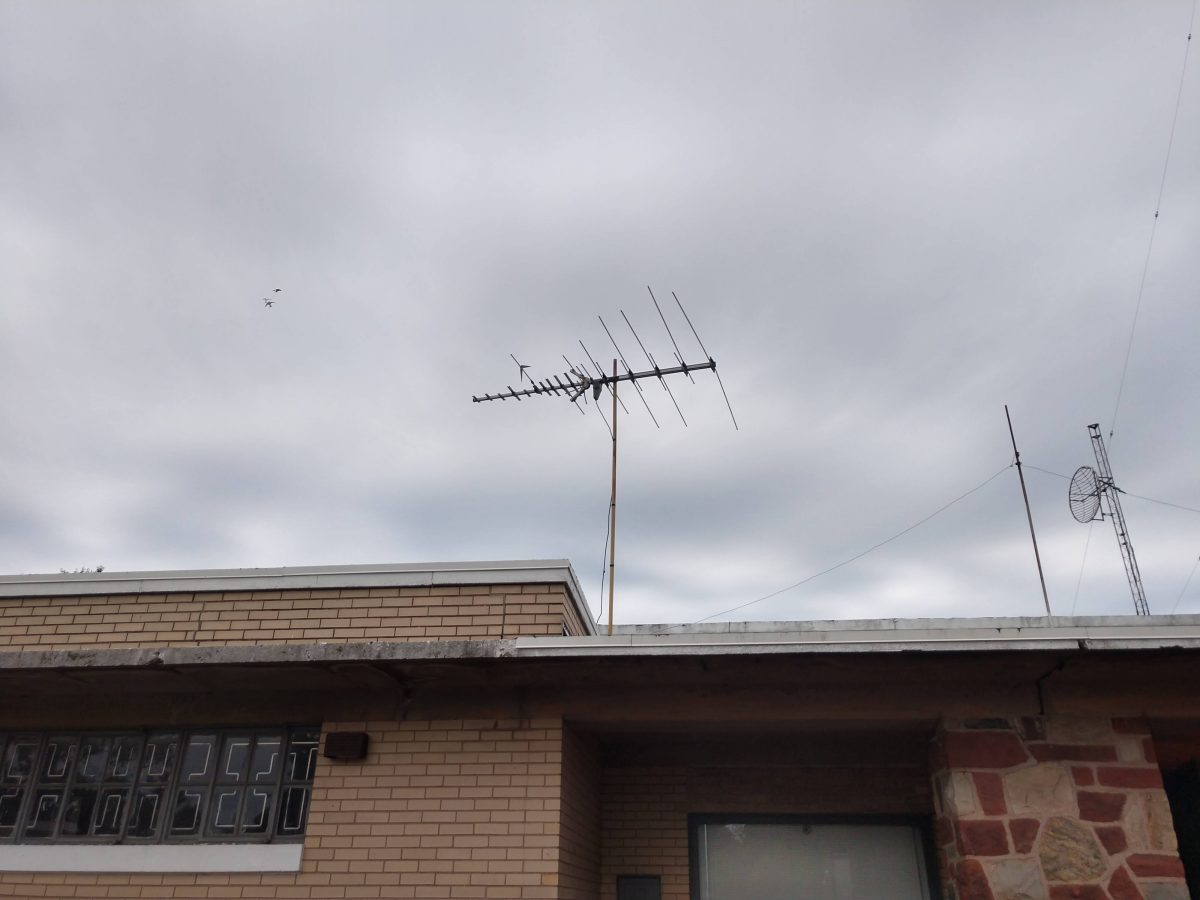
That site is 10 miles northwest of the Empire State Building.
I also noted that the satellite dishes on site have had Terrestrial Interference (TI) filters on the LNBs for many years. Recently, 5G filters were installed as well. Thus, I added a 5G/LTE filter made by Channel Master (part number CM-3201) to the TV antenna splitter. A rescan captured 79 channels. Interesting.
I began ordering TV receiver filters and testing them with my network analyzer. There are many different units made by different manufacturers. The smaller, cheaper units do not have as good performance as the larger, more expensive ones. Go figure.
Here are a few sweeps of various filters:
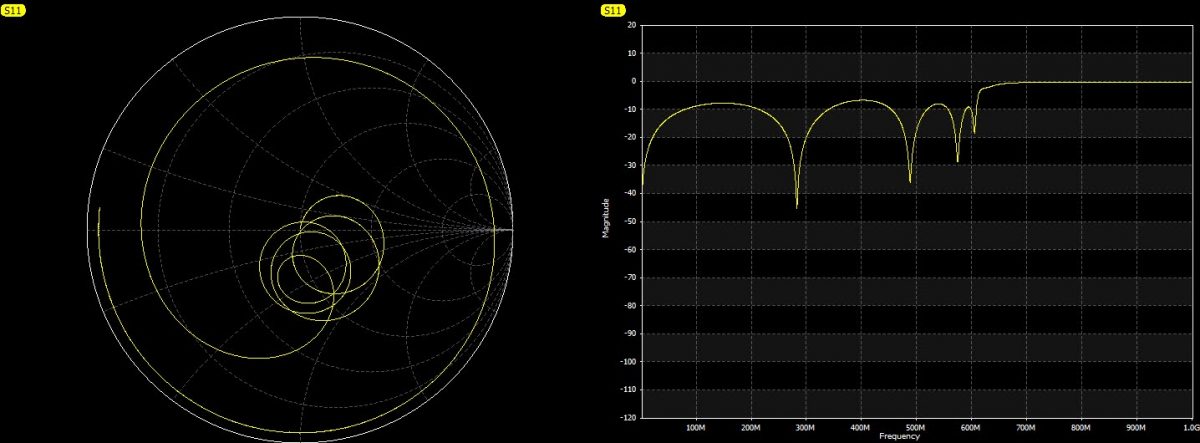
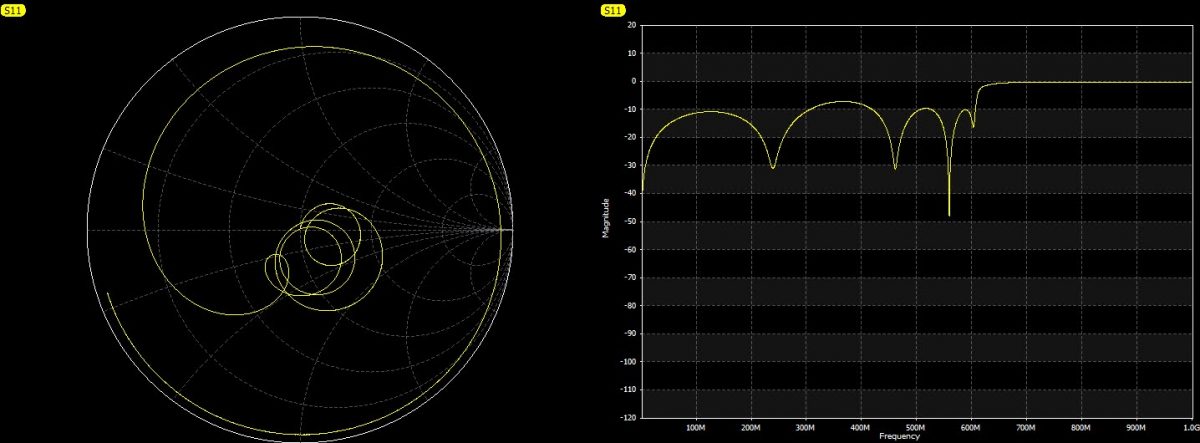
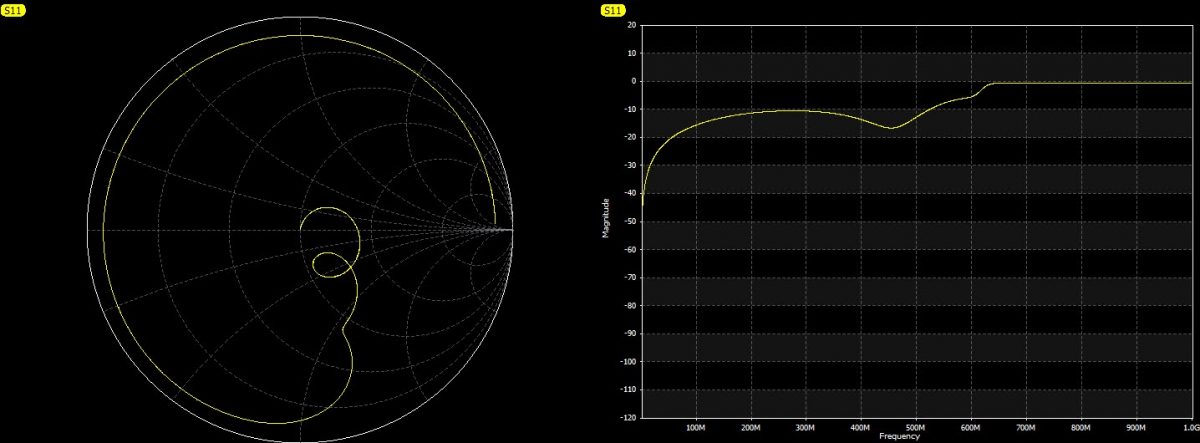
There is also an FM band-stop (Channel Master CM-3202), which is effective for blocking out 87 to 113 MHz.
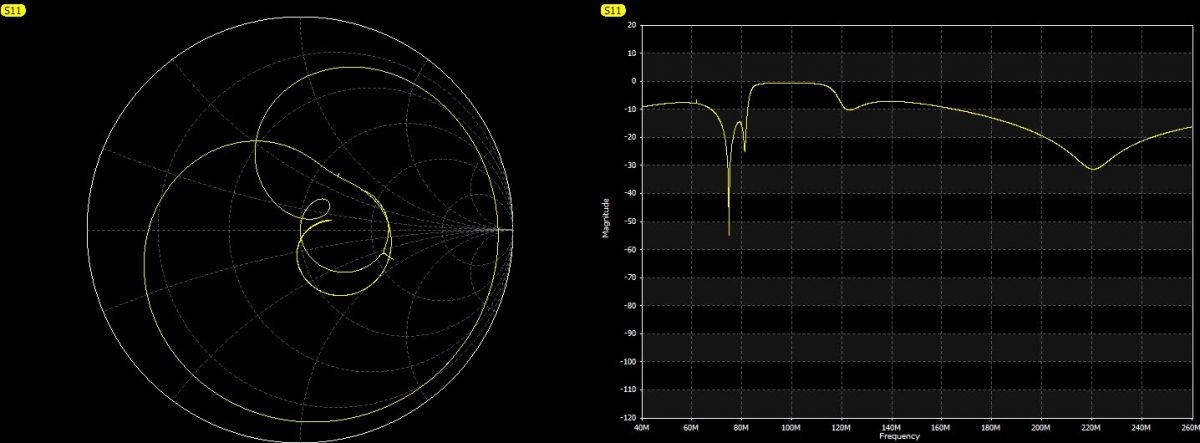
Sometimes I get questions from non-technical readers, thus for the uninitiated; these sweeps are return loss. The higher the line on the right-hand graph, the less signal will get through the filter. A flat line at 0dB means that little or no signal is getting through on those frequencies.
These filters are helpful, especially with inexpensive consumer-grade TV receivers. If you live near an FM transmitter site, then an FM band-stop filter may help, especially with low and high-band VHF stations. If you live anywhere near a cell site (and most of us do) then a 5G/LTE filter will likely help.
Happy cord-cutting!

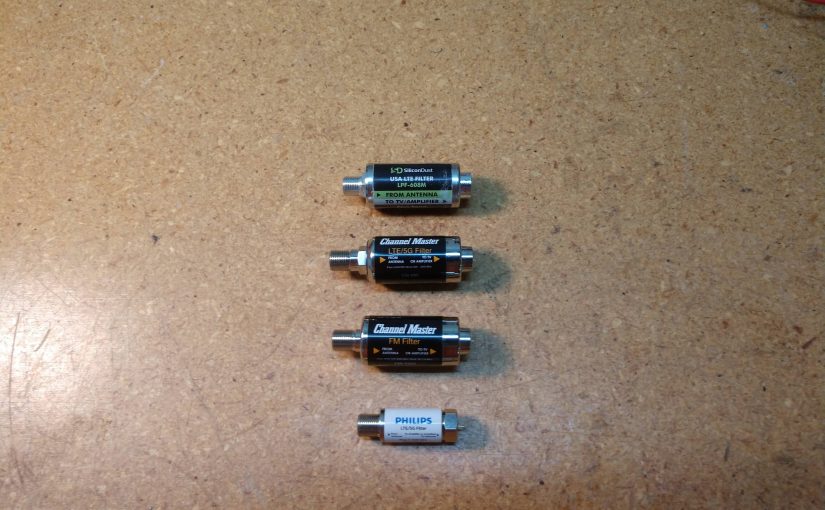


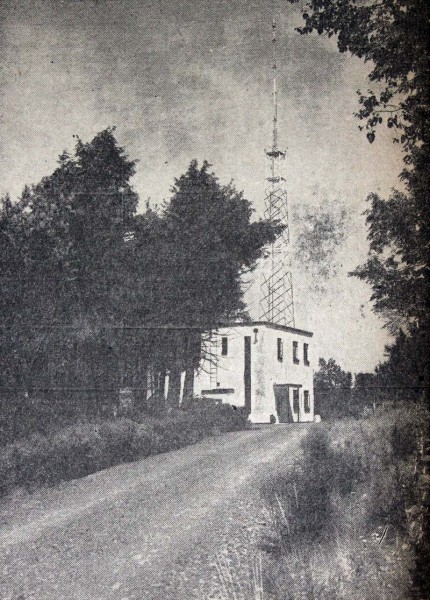

Thanks for the info, Paul. I have a TV in my office that I’ve been using to watch OTA for the past, several years. We have cable, but Verizon wants big $$$ for an extra converter box. No thanks. But I’m also 1 mile away from one FM broadcast tower, and 1 1/3 miles from another. Just ordered a FM notch for my TV. Will report back with results before and after.
Another way to look at them. With a VNA just looking at the S21 Gain, the Silicon Dust & the Channel Master stay within a couple dB of “0” loss from 54 MHz to about 630 MHz. Both were down -64 dB by 735 MHz.
The Silicon Dust and the Channel Master are so similar they could be from the same manufacturer.
Update: Filter (Channel Master CM-3202) arrived and I just plugged it in. Before the filter, a scan with my TV showed 68 digital channels. After, it showed 76. On the downside, I’ve already reviewed those new channels and they all suck. On the upside, the signals are more stable. Used to lose signals when it was windy. Not happening nearly as much now and we have a decent amount of wind today. In all, I’d say this was a successful experiment!
Gary, that is interesting. I wonder if a LTE filter would help out too. I noticed that the TV I used in this experiment dates from 2012, before the repack and shrinking of the TV band getting rid of channel 37-51.
Bill, I thought the same thing. Both seem to work well.
Paul, may try that (LTE filter). Will report back if I do.
Someone should bundle the requisite filters — or put them in a single can — and sell them. Everybody thinks to try tweaking antennas, but this is the first I’ve EVER heard of filters being used for anything other than premium channels on CATV systems.
LTE/5G/whatever it is, starts at 621.3 MHz and is equal in strength to the LD ATSC 3.0 Ch’s 33 & 34. That’s on the omni Discone antennas. SO I don’t have an overloading issue yet.